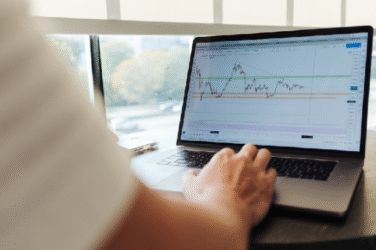For sole traders and partners in the UK, navigating annual obligations is key to running a compliant business. While often referred to colloquially as an ‘annual report’, your primary duty to HMRC is the Self Assessment tax return. This isn’t just a formality; it’s the official process for declaring your income, calculating your tax and National Insurance contributions, and settling your bill for the previous tax year. This guide will walk you through the essentials of preparing and submitting your return for the 2024/25 period.
Who is Required to File a Return?
Understanding whether you need to complete a Self Assessment is the first step. You are typically obligated to file a return if you were self-employed as a sole trader and earned more than £1,000 in the tax year (6th April to 5th April). This also applies if you were a partner in a business partnership. Beyond self-employment, other common triggers include having untaxed income from property, significant dividends, or savings, or if you are a company director. Even if your income was below the threshold, filing can be beneficial to build your National Insurance record or claim tax reliefs.
Critical Deadlines You Can’t Afford to Miss
HMRC has strict deadlines, and missing them leads to immediate financial penalties. For the 2024/25 tax year, which ends on 5th April 2025, the key dates are firmly in place. If you are completing Self Assessment for the first time, you must register by 5 October 2025. The deadline for paper tax returns is 31st October 2025, while the final deadline for filing your return online and paying the tax you owe is 31st January 2026. The vast majority of filers now use the online system, which provides more time, automatic calculations, and instant submission confirmation.
Gathering Your Information: What to Report
A successful filing hinges on having accurate and complete records. Your Self Assessment return requires a full picture of your financial year. The core components you’ll need to report include:
Your total self-employment income (turnover).
All allowable business expenses, from office costs and travel to stock and marketing.
Income from other sources, such as property rental, investments, or employment.
Maintaining organised records, including invoices, bank statements, and receipts, is not just good practice; it’s a requirement for at least five years after the submission deadline. For many, this administrative burden is the most challenging part of the process. If compiling this information feels daunting, you can enlist professional support for your submitting an annual report for the self-employed. Experts can manage the entire process, ensuring accuracy and maximising your allowable expenses.
Choosing Your Filing Method
You have two primary options for submitting your return to HMRC:
Online via the Government Gateway: This is the recommended and most common method. It offers a user-friendly interface, saves your progress, calculates your tax liability in real-time, and gives you until 31st January to file.
Paper Return: This traditional method involves completing the SA100 form and any supplementary pages by post. Be mindful that the deadline for paper returns is 31st October, three months earlier than the online deadline.
As a self-employed individual, you will also need to complete the supplementary SA103 section alongside the main SA100 form. This captures the specific details of your trading income and expenses.
Navigating Recent Rule Changes
The 2024/25 tax year is significant as it marks the full implementation of the ‘tax year basis’ reform for the self-employed. Previously, businesses could use accounting periods that didn’t align perfectly with the standard tax year. Now, you must report profits that genuinely arose within the tax year (6th April to 5th April). This change aims to simplify the system in the long run, though it may require careful consideration for those transitioning from older accounting dates.
Understanding and Paying Your Tax Bill
Once you complete your return, HMRC will confirm your tax bill. This typically includes Income Tax on profits above your Personal Allowance (£12,570 for 2024/25), as well as Class 2 and Class 4 National Insurance contributions. Furthermore, if your tax bill is over £1,000, you will likely be required to make ‘Payments on Account’, essentially advance payments towards your next year’s tax bill, in two instalments, due on 31 January and 31 July.
Also Read: Optimizing Waste Practices: Insights from Leading Industry Operations
Simplifying Your Tax Responsibilities
Managing your Self Assessment is a fundamental part of being self-employed, but it doesn’t have to be a source of stress. The process demands attention to detail, an understanding of allowable expenses, and strict adherence to deadlines. For peace of mind and to ensure your return is optimised and filed correctly, consider seeking professional assistance. By outsourcing your submitting an annual report for the self-employed, you can free up valuable time to focus on your business, secure in the knowledge that your tax affairs are in expert hands.


















Show Comments (0)